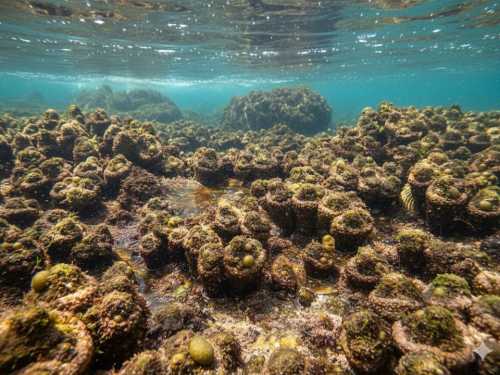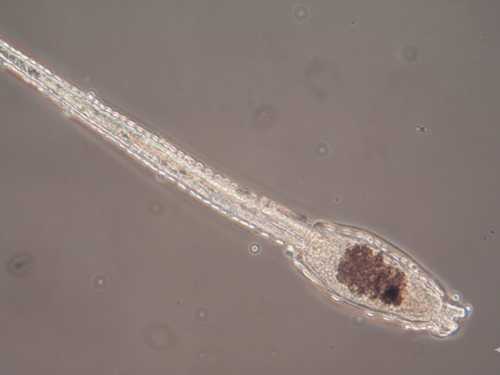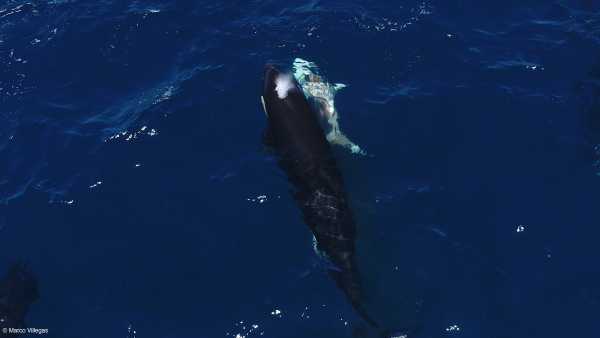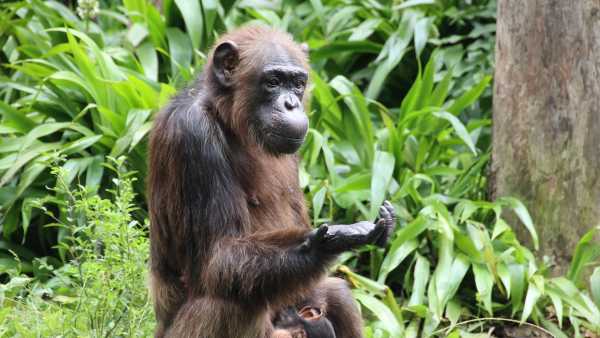
This creature, known to the scientific community as Pyura chilensis, and to the public as the sea squirt or “living stone.” Its appearance mimics a regular stone thanks to a tough shell known as a tunic, which can be covered with algae and other marine organisms. To see the real organism inside, you will have to carefully remove this shell – this will reveal the soft, bright interior with all its organs.
This mysterious creature is actually an animal and belongs to the class of ascidians, which are part of the subphylum Tunicata. Although ascidians do not have a backbone, they are our distant relatives, because like vertebrates, in the early stages of development they have a chord – an elastic rod, which is the precursor of the spine. This fact makes them biologically closer to humans than, for example, insects or mollusks, which always causes surprise among biology students. The sea squirt feeds on substances found in the water, mainly plankton, which it filters.
The adult has two openings that serve as siphons for water circulation. Water enters through the oral siphon, enters the large gill slit, where food is filtered. The filtered water then enters the perigill cavity (atrial cavity) and exits through the exit (atrial) siphon. The digestive canal, in turn, ends with the anus.
The sea squirt's heart is located behind its gut, and most interestingly, it periodically reverses the direction of blood flow, a unique physiological feature among animals. It's like your heart pumping blood in the opposite direction every hour—hard to imagine, but effective for sea squirts!
Their main habitat is the rocky coasts of Chile and Peru, where they live in the intertidal zone. Here they spend their entire lives immobile attached to rocks. This attachment to one place requires extraordinary endurance, because in the intertidal zone the organisms are exposed to strong waves, temperature changes and the risk of desiccation during low tide. A strong tunic and the ability to close siphons allow them to survive in such extreme conditions.
Even these seemingly “immobile rocks” have a breeding season. Squirrels are hermaphrodites, meaning each individual has both male and female reproductive organs. This allows them to be self-sufficient in reproduction, but more often they practice cross-fertilization. Sperm and eggs are released into the water through siphons, where external fertilization occurs. These “love clouds” mix in the water, and the offspring can be from neighbors as well as from the individual itself. This is a typical example of “gamete broadcasting,” a common strategy among marine invertebrates.
The hatching “babies” of the sea squirt look nothing like the adults. They are tadpole-like larvae with a tail, primitive eyes (the eye), and a neural ganglion that can be considered the beginning of a brain. The tail is used for locomotion, the eye is used for orientation in the light (seeking darker, more sheltered places), and the neural ganglion controls these processes. The purpose of this mobile stage is to find the perfect place to attach, where the larva will spend the rest of its life.

When the future “living stone” finds a cozy rock and sticks to it, an amazing process of retrograde metamorphosis begins. The tail, eyes, and nerve ganglion, which were necessary for swimming and navigation, degrade and disappear. Instead of a complex “tadpole” that actively moves, we get a motionless organism that turns into an ordinary growth. This is an effective adaptation: why maintain complex structures that are no longer needed for a sedentary lifestyle? This is a classic example of how evolution optimizes resources, preserving only what is functional.
Despite their sedentary nature, sea squirts play a key role in coastal ecosystems as natural biofilters. A single adult can filter up to 40 liters of seawater per day, removing plankton, bacteria, and organic particles. In doing so, they maintain water quality in coastal areas, and their waste products fertilize the water, stimulating the growth of algae and other microorganisms.
Large colonies of these “living stones” turn into real underwater cities, creating complex three-dimensional structures on rocky coasts. Numerous small organisms find refuge in these natural labyrinths – crustaceans, mollusks, worms, and fry of fish use them as a reliable shelter from predators. Algae and other attached organisms also willingly settle on these structures, significantly increasing the biodiversity of the entire coastal zone.
Due to their longevity (they can live up to 10-15 years), colonies of sea squirts create stable ecological communities that serve as indicators of the health of marine ecosystems.
These “stones” have edible flesh and are a real delicacy in Chile and Peru, known as piure. It is a very popular ingredient in local cuisine, served raw with onion and lemon, fried or as part of various dishes. Piure has a very strong, unique, salty, iodized, sometimes metallic taste, which is not to everyone's liking at first, but is appreciated by gourmets. This specific taste is due to the high content of minerals, in particular vanadium.
In general, ascidians are very diverse – more than 2000 species are known. They have many funny folk names, which often reflect their appearance or behavior: “sea daisy”, “sea syringe” (due to the ability to shoot water when touched), “sea pineapple”, “sea breasts”, etc. This shows how rich and unexpected the world of marine invertebrates is.





